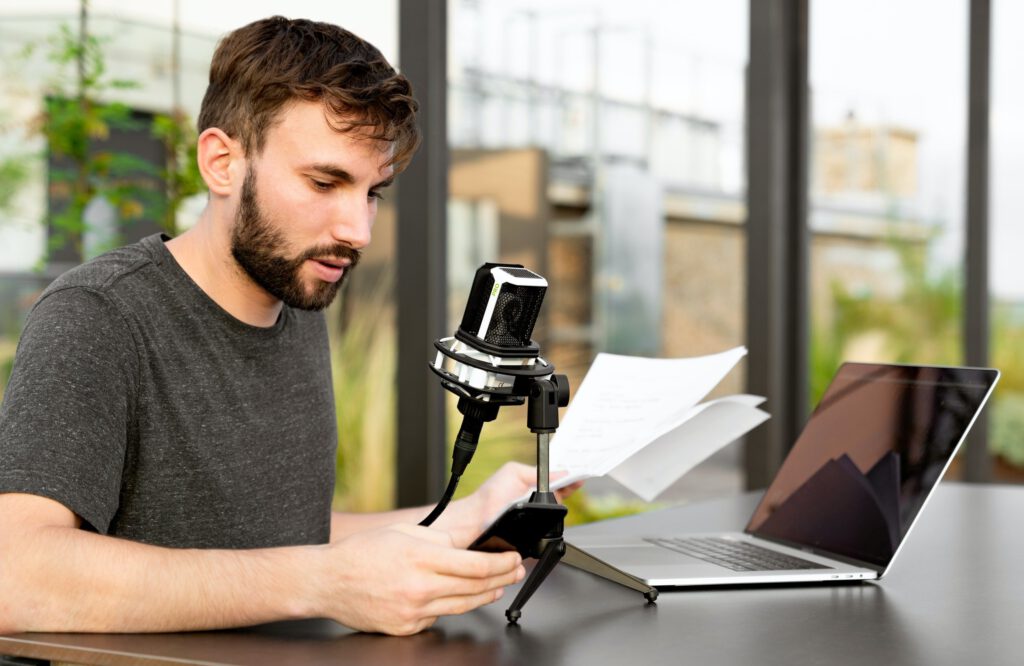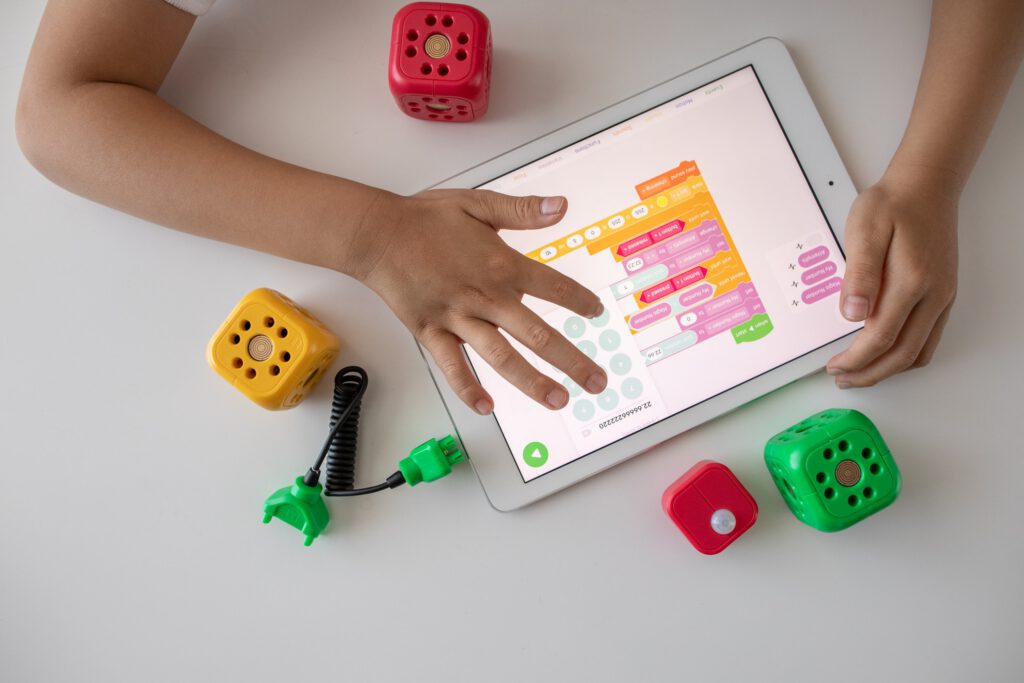Audiovisual Tools for Student Feedback
While all educators strive to provide useful feedback to students, the reality is that correcting student work may not be our most appealing task. Providing thoughtful and specific feedback takes time and brainpower. The hundreds of demands placed on teachers require us to be selective in how we use our time. One of my goals as an educator and faculty member at Moreland University has been to uncover efficient and effective methods of providing feedback. In our TEACH-NOW Teacher Preparation Program and Master’s Degree Programs, my colleagues and I aim to provide personalized feedback to teacher candidates within 48-hours of submission. As an academic specialist, I seek to empower other faculty members with innovative educational technology as a means to improve candidate support. Continue reading to learn two digital strategies I use to provide highly effective feedback in ways that save time while increasing the quality of feedback.
Audio Feedback
Nowadays, most educators have access to smartphones, tablets, or computers with applications that allow for voice recording. The first strategy to simplify effective feedback is to provide audio-recorded commentary on students’ work. Teachers can simply click or tap the record button and verbally highlight the strengths and growth areas of a submission. Unlike written or typed comments, audio feedback allows educators to easily elaborate on particular points in a conversationally engaging way. When evaluating candidate lesson plans, for example, I might find that candidates do not write objectives that meet the SMART Goal guides for “Specific, Measureable, Attainable, Realistic, and Timely” objectives. In a voice recording I might say, “Your objective fulfills all the SMART guidelines except ‘Timely.’ Consider adding a timeframe to clarify how much time it would take to complete the objective.” In this example, I shared an area of improvement while giving a concrete example of how to fulfill the criteria. Detailed and action-oriented feedback enhances students’ learning as they further develop their content knowledge and skills. Learning management systems (LMS) including Google Classroom and Schoology are commonplace due to the importance of online learning as a result of the COVID-19 pandemic. On most LMS platforms, sending audio feedback can be as simple as a few clicks!
Video “Screen Share” Feedback
Another powerful tool to simplify and improve feedback is screen-share video recording, also known as “Screen Sharing.” To employ this strategy, teachers use software to record their computer screens while simultaneously recording their voices (or even their faces) as they provide commentary on student work. When I taught remotely in China, students submitted essay assignments digitally. I would open the document containing their essay and use a Screen Sharing software as a means to provide feedback. In this digital format, I would review their work aloud while providing specific feedback on content or grammar; my mouse cursor would act as a visual cue to highlight sections of the text. I might say, “Add a ‘d’ to ‘message’ because this sentence should be in past tense,” or even, “This is a great paragraph, but it’s missing a concluding sentence. How could you conclude this idea?” Screen sharing is audio feedback with visual support through which teachers can click, highlight, and annotate student work to focus viewer attention. To provide screen-share feedback, explore one or more of the following tools: Screencastify, Zoom, and Loom. (Click here to review an example of the way I conversationally review a candidate’s work using Loom!) Screen share is a fast, easy, and effective way to provide powerful feedback to students.
As you begin integrating these strategies into your practice of giving feedback, consider the following best practices for audio and video feedback:
-
Provide developmentally-appropriate feedback. Consider the age, background, and needs of your students when providing audio or video feedback. Tailor the language and length of feedback to meet students where they are.
-
Structure feedback for efficiency. Both audio and video feedback can be freeing; at the same time, it can be easy to provide too much detail which may confuse students. Create a feedback structure to provide guidelines that organize your comments.
-
Organize and save feedback on an LMS. Audio and video feedback strategies work best with digital student work submitted through an LMS platform.
-
Know your technology well. Explore audio and video tools to avoid common mistakes. For instance, there may be occasions during which audio or video feedback does not save. Practice and review the settings to troubleshoot in advance.
Educators have numerous demands on their time which may affect the quality of feedback provided to students. Audio and video feedback help to make the process of reviewing student work more efficient and effective, while enabling teachers to provide detailed commentary that promotes deeper student learning. To learn more about ways to enhance your teaching practice with educational technology, check out Moreland University’s Master’s in Education with Educational Technology Specialization (including TEACH-NOW Program).
Edward Johns, Ed.D.



